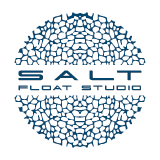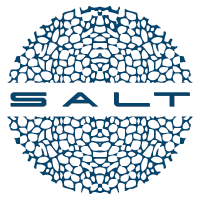Physiotherapy and floatation therapy have both gained popularity in recent years as effective methods for muscle recovery.
While they have different approaches, both have been known to contribute in the physical rehabilitation process of the body.
Physiotherapy is the use of physical methods such as exercises, massages and physiological therapies to promote healing and wellbeing in individuals. It is a form of therapy that is designed to restore function to injured muscles, bones or tissues.
Physiotherapy plays a vital role in the recovery of an athlete since it helps to accelerate the healing process through various exercises.
Floatation therapy, on the other hand, is a form of sensory deprivation therapy that involves floating in a tank filled with water containing a high concentration of Epsom salt. The salt helps to make the body buoyant and creates a sensation of weightlessness, thereby reducing the physical pressure on the body. Floatation therapy has been known to induce deep relaxation, reduce stress, and alleviate physical pain.
Both physiotherapy and floatation therapy work together to help athletes recover from muscle injuries. Physiotherapy utilizes exercises that help to strengthen the muscles and prevent future injuries.
Floatation therapy can help to accelerate the healing process by reducing inflammation, improving circulation and inducing deep relaxation.
Floatation therapy provides an ideal setting for physiotherapy as it offers an environment free of distractions and external stimuli. In this setting, it is easier for an individual to concentrate better and get the most out of the physiotherapy session. The floatation tank can help to boost the effectiveness of the physiotherapy sessions by improving the flexibility of the muscles and reducing soreness.
Floatation therapy can offer the perfect conditions for injury rehabilitation because it provides a weightless environment that reduces the physical pressure on the body.
This reduction in pressure allows for an increase in blood circulation and lymphatic flow, which accelerates the healing process of damaged tissues. The magnesium content in the Epsom salt used in floatation also helps to decrease inflammation, which can lead to reduced pain and swelling.
The relaxing and meditative qualities of floatation therapy promote a calming effect in the body that can also improve sleep quality. As a result, the body is rejuvenated and feels more energized, which helps in the rehabilitation process.
In conclusion, physiotherapy and floatation therapy have both proven to be effective in the recovery of muscles. They work in different ways, but their combined effect can speed up the recovery process and promote overall physical health. Floatation therapy offers a unique environment that is well suited for physiotherapy, and the two therapies together can create an effective and efficient muscle recovery protocol.
Individuals seeking muscle recovery after an injury are encouraged to combine physiotherapy and floatation therapy for optimal results.
For more information on the many BENEFITS of Floatation Therapy/Sensory Deprivation please visit our website: www.saltfloatstudio.com.au/float-tank-benefits





